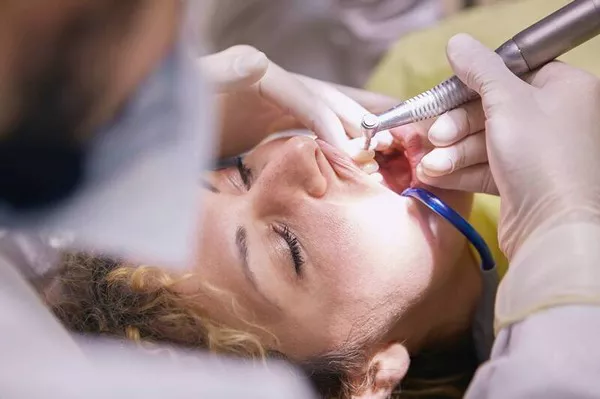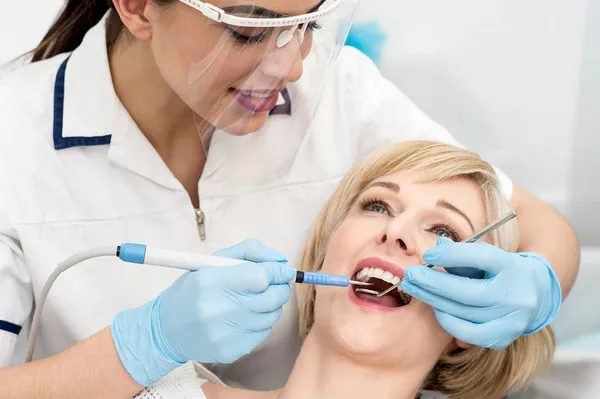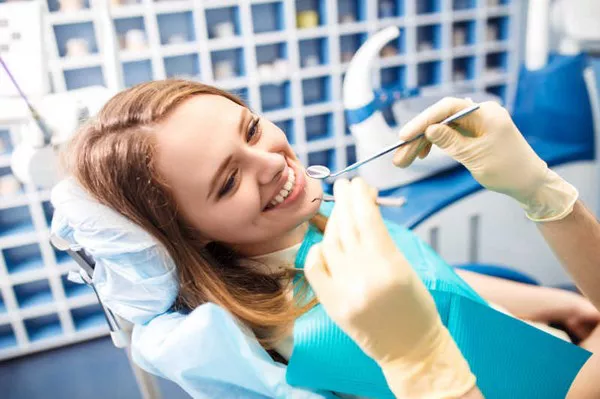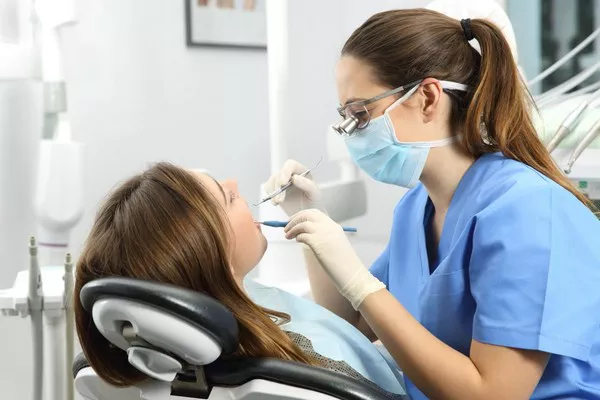After undergoing the extraction of wisdom teeth, individuals often find themselves contemplating the optimal sleeping position to promote comfort and aid in the healing process. One common query is whether sleeping on the side is permissible. In this article, we explore the considerations and guidelines for choosing the right sleeping position after wisdom teeth removal.
1. Immediate Post-Extraction Period: Priority on Comfort
Supine Position: In the immediate aftermath of wisdom teeth removal, dentists often recommend a supine or slightly elevated sleeping position. This helps minimize blood flow to the head, reducing the risk of bleeding at the extraction sites.
Avoidance of Pressure on Face: Sleeping on the side may exert pressure on the face, potentially causing discomfort or disrupting the initial stages of healing.
2. The First 24 to 48 Hours: Elevating the Head
Pillows for Elevation: Placing extra pillows behind the head can create a gentle elevation, aiding in the reduction of swelling and promoting optimal blood circulation.
Back or Supine Position: During this initial phase, a back or supine position is generally recommended for a more comfortable and undisturbed sleep.
3. Gradual Introduction of Side Sleeping: Days 3 to 7
Monitoring Swelling and Discomfort: As the initial swelling and discomfort subside, individuals may gradually introduce side sleeping. However, it’s crucial to be mindful of any residual tenderness or pressure on the healing areas.
Cushioning with Pillows: Placing pillows strategically around the head and neck can provide support and minimize the risk of inadvertently resting on the extraction sites.
4. Factors Influencing Side Sleeping Post-Extraction
Individual Healing Progress: The pace of healing varies from person to person. Individuals should pay attention to their own comfort levels and adjust their sleeping position accordingly.
Presence of Complications: If complications such as persistent bleeding or infection arise, it may be advisable to continue with a back or slightly elevated sleeping position to prevent exacerbation of issues.
Dentist’s Recommendations: Always adhere to the post-operative care instructions provided by your dentist. If they recommend a specific sleeping position or timeline for resuming regular sleep habits, it’s crucial to follow their guidance.
5. Tips for Comfortable Sleeping After Wisdom Teeth Removal
Use Supportive Pillows: Placing pillows strategically to support the head, neck, and upper body can contribute to a more comfortable sleep.
Rotate Pillows for Elevation: If side sleeping is introduced, rotating pillows for elevation can help maintain a slight incline, reducing the pressure on the healing areas.
Conclusion:
The question of whether one can sleep on their side after wisdom teeth removal underscores the importance of a gradual return to normal sleeping habits. While the immediate post-extraction period calls for a back or elevated sleeping position, individuals may transition to side sleeping as comfort allows.
Monitoring one’s healing progress, being attentive to any discomfort, and following the guidance of the dentist are pivotal in determining the right sleeping position. By prioritizing restful nights and making adjustments based on individual comfort levels, individuals can navigate the post-wisdom teeth removal period with a focus on both healing and a good night’s sleep. In the end, the journey back to normal sleeping habits is a gradual process, aligning with the body’s pace of recovery.
Can I Eat Ketchup After Wisdom Teeth Removal
1 Week After Wisdom Teeth Removal Food
Can I Eat Ice Cream After Wisdom Tooth Extraction





























